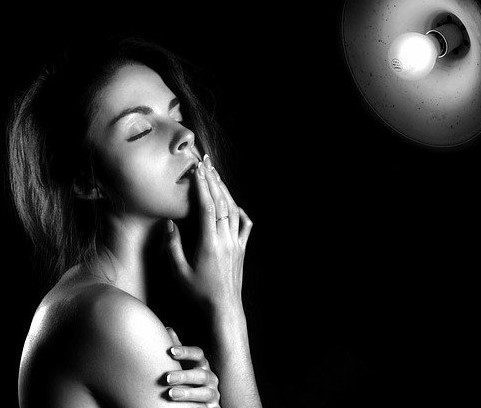In the last decade, scientists have made great strides in uncovering details of the underlying causes of neurodegenerative diseases. It is only a matter of time that treatment and prevention will follow.
At the same time, according to a recent article in the Medical Journal, the number of cases of neurodegenerative disease (ND) is ever increasing. Therefore, it follows that research efforts have also increased seeking curative treatments.
Light therapy has recently surfaced as a safe and somewhat effective physical option for ND patients.
About ND
ND disorders are a highly diverse group affecting the central nervous system (CNS) and the peripheral nervous system. The damage to both systems is irreversible and worsens with age. Associated diseases are primarily Parkinson’s, Alzheimer’s, Huntington’s, plus various other disorders.
The process by which ND develops is still unclear and may vary in certain ND diseases. For the moment, there is no cure and partial relief is provided by pharmaceuticals. The quality of the patient’s life is diminished.
Popular therapies for ND are:
- Physical therapy such as tai chi
- Chronotherapies that involve the body’s cycles and natural rhythms e.g. transcranial magnetic stimulation (TMS)
- Light therapy is controlled exposure to natural daylight or artificial lighting.
Light Therapy and Circadian Rhythms
When a person is alert or lethargic during the day or night those are called circadian rhythms. They work in tune with the body clocks which control blocks of time for activity and inactivity. This occurs on a twenty-four-hour timetable. The hypothalamus, a region in the brain that controls circadian rhythms, acts as the body’s pacemaker. Factors in the environment, primarily sunlight, also control the sleep-wake periods.
The Melatonin Hormone Affects the Sleep-Wake Cycle
In simultaneous action with the earth’s light-dark cycle, at the end of the day, a miniature area of the brain (the suprachiasmatic nucleus) located in the hypothalamus signals the pineal gland to increase melatonin production. This results in reduced activity and promotes sleep.
Alzheimer’s Disease (AD)
AD is a degenerative disorder of the central nervous system causing progressive behavioral and cognitive impairment in the elderly. Symptoms include:
- Memory impairment
- Inability to understand or speak
- Inability to recognize objects or people
- Inability to perceive or analyze images or patterns
- Inability to carry out instructions
There is no cure.
Patients with AD sometimes react with cognitive or emotional changes that occur at dusk as the light starts to fade. These changes may include anxiety, hyperactivity, emotional disorders, and a state of confusion. The symptoms may last for hours or perhaps the entire night.
There are indications that light therapy may alleviate some of these symptoms through restoring cognitive thought, circadian rhythm, and emotional control.
And yet, effects on cognition are controversial. Several studies have indicated that patients who have dementia may become agitated when they are in bright environments.
Motor and Non-motor Symptoms
Motor symptoms such as weakness, tremor, and slow movement (bradykinesia) may be alleviated through dopamine drugs. However, recent studies have proven that light therapy may be just as beneficial as dopamine.
In Conclusion
Patients have generally tolerated Light Therapy but about forty-five percent appear to have mild side effects at the beginning of therapy. These adverse effects may be eye irritation, a rise in blood pressure, headache, or fatigue.
If light therapy is used inappropriately, it can cause insomnia. Although rare, adverse reactions may occur such as mood instability, mania, or attempted suicide. However, a true connection between these adverse events has not yet been established. Furthermore, adverse reactions can always be reduced with less light exposure.
Moving Forward
Light treatment is associated with circadian rhythm, is a low-cost, non-pharmaceutic with few side effects. But the varying intensity of lights, the difference in the length of treatment across studies, and the use of various types of lighting equipment have caused conflicting results.
For better clarification and to determine optimal intensity, duration, and frequency of treatment, larger and more controlled studies must be conducted.







